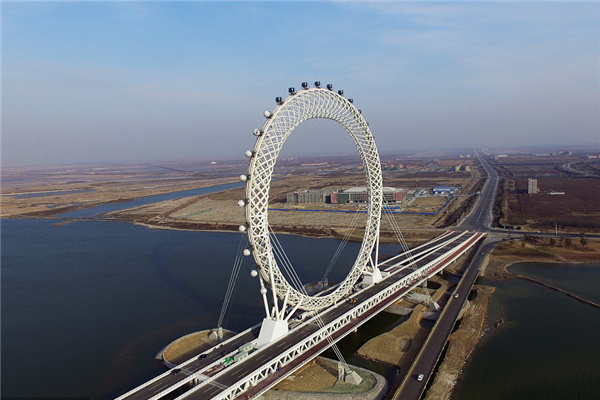

More than 60 calls each day and soaring web visitors are keeping Wang Kai, a Beijing pawnbroker, extremely busy these days.
"Quit a number of calls are from small and medium enterprises (SMEs) who need cash badly," says Wang, adding the number of visitors have jumped by 30 percent in recent months.
Though getting loans from pawnbrokers are usually more expensive than from banks, many SME owners still prefer pawnbrokers since the threshold for bank loans and procedure is much higher and more complicated.
Industry experts say it usually takes SMEs one to two months to receive bank loans, because the business' background, quality cash flow and projects must be scrutinized.
But if a customer takes a car to a pawnbroker, he can typically get the loan within one hour. For property such as a real estate mortgage, it also takes only 12 hours at most.
According to figures from the Department of SMEs under the National Development and Reform Commission, in the first half of 2008, over 67,000 SMEs in China went bankrupt, while more than 10,000 labor-intensive textile enterprises shut down.
Besides falling overseas orders, the difficulty of getting finance is a major reason for SMEs' bankruptcies.
Flourishing pawnbrokers, in fact, also reflect the SMEs financing plight, though the central government has taken a slew of measures to make it easier to get financed, whether from banks or micro-credit companies.
As the macroeconomic situation worsens, banks have been growing worries over an increasing number of unpaid loans from SMEs. Though the central bank cancelled the ceiling on bank loans in late December, most banks are now taking an even more cautious approach to lending.
"Given the growing uncertainties in the market, it is not easy to find a quality client now," says Wang Fuliang, head of the SME Division of the Corporate Banking Department with the Industrial and Commercial Bank of China, the country's largest lender.
But Chen Dianzuo, vice-president of Sinotrust International Information & Consulting (Beijing) Co Ltd, says risks with SMEs' loans can be reduced effectively if banks introduced an automatic credit risk evaluation model.
"Currently, banks examine the loan quality through personal experience, thus making the process costly and time-consuming," says Chen.
The People's Bank of China now is considering a credit rating system on SMEs to make it easier for them to get bank loans, says Wang Xiaolei, an official from the central bank.
"We are closely studying such a rating system, as part of the central bank's efforts to strengthen financial support to cash-struggling SMEs," says Wang, adding such a rating system will also help banks to better control risks, she added.
Su Ning, central bank's deputy governor, also says the central bank will further prompt banks and other financial institutions to offer loans to SMEs and expand financing channels, such as allowing qualified SMEs to issue corporate bonds and short-term financial bonds.
While most banks take a more cautious approach on SME loans, some also find a sliver lining.
Teresa Lin, chief executive officer of DBS Bank (China) Limited, says the bank will further boost its loans to China's SMEs but with stricter risk management.
"We will actively contact our customers to better understand their real needs, whether in terms of capital, services or more innovative products," says Lin.
China Merchants Bank, a listed bank known for its customer services, set up a cash management division in November making it a key department under the direct control of headquarters.
In fighting against the global financial turmoil, how to better use the capital on hand is also important for enterprises, says Zuo Chuanghong, general manager of the cash management department of China Merchants Bank.
"Some enterprises' tightened cash flow is not really triggered by an absolute cash shortage but by an improper use of cash," says Zuo. "It is key for the enterprise to manage their accounts receivable and the positions of subsidiary companies."
(China Daily 12/08/2008 page3)













